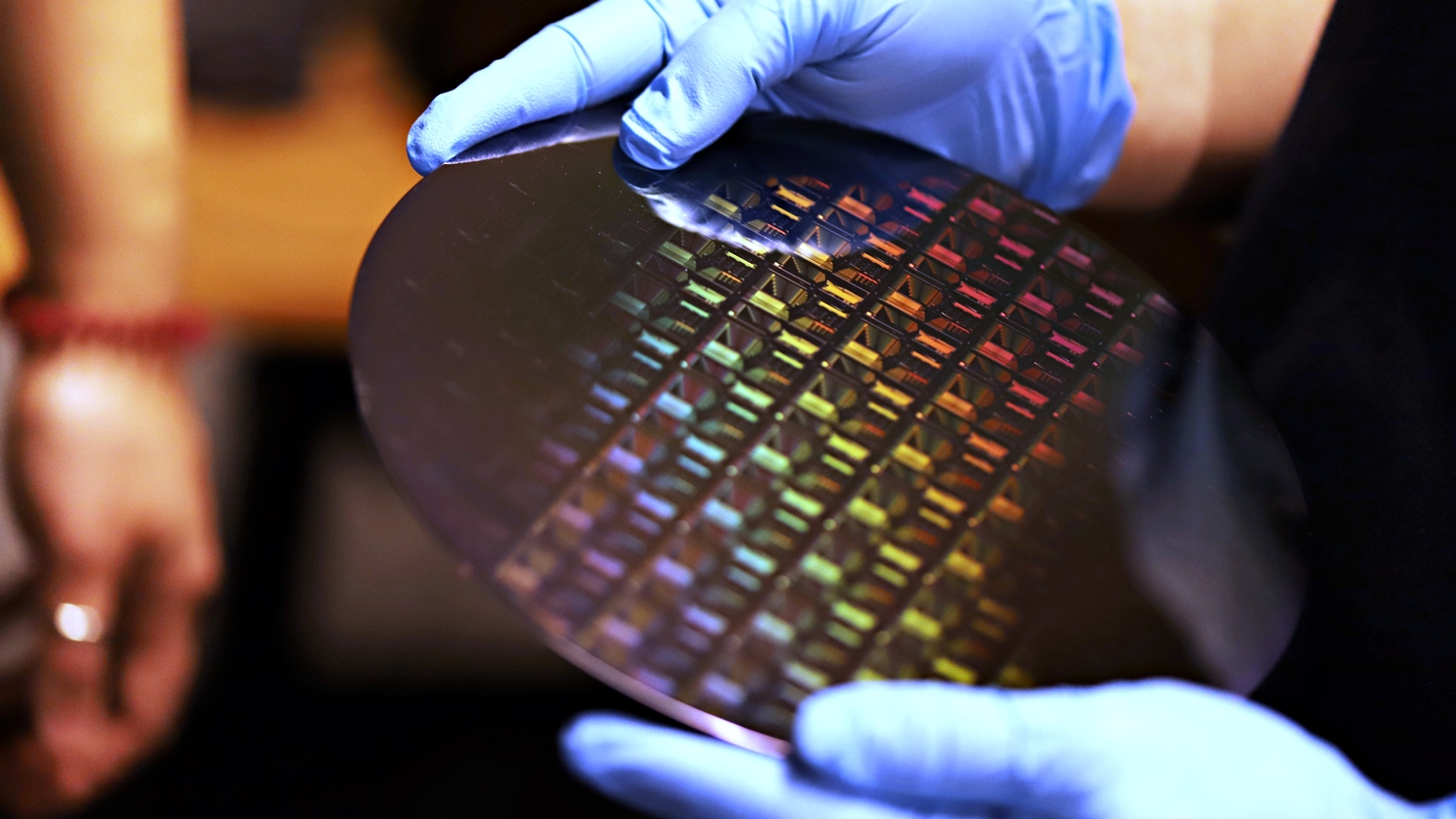Project
The primary objective of the project is to develop a “toolbox” realizing different functionalities for application in quantum photonics, with the goal of “easily” configuring and fabricating Quantum Photonic Integrated Circuits for quantum computing, quantum communication, and quantum metrology. But this is not just creating circuits; QPIC1550 is shaping the next frontier of technology.
A quantum photonic integrated circuit is a chip, where all optical elements are very compactly placed within a tiny area. Most people are familiar with electronic chips or circuits, like the ones in computers and phones. In photonics, we use the same concept, but instead of electrons, a photonic circuit uses photons - light particles - and instead of an electric current, a photonic circuit harnesses light for information transmission.
In this case, however, it’s not just a photonic circuit, but a quantum photonic circuit, meaning that there are special quantum functionalities to the circuit, which are opening up possibilities that were once considered impossible in classical scenarios. It's a leap into a world where the laws of quantum mechanics take center stage, offering unprecedented capabilities.
The platform will be functioning in the telecom C-band with a wavelength centered around 1550nm. Why is this wavelength so strategically important? The team will use the existing telecom fibre infrastructure to connect their chips, and optical fibres perform best at this specific wavelength. At other wavelengths, signals experience too many losses.
Very few groups in the world are able to grow quantum dots, crystals of a few tens of nanometers in size, which emit light in the telecom C-band. Semenova and her team are among the internationally recognized leaders. The QPIC1550 platform will be realized by integrating thousands of optical elements, including quantum dot devices and single-photon detectors on quantum photonic integrated circuits.
Once successful, this has the potential to boost integrated quantum photonics. Its compatibility with existing optical fiber networks sets this platform apart, rendering it a cost-effective and groundbreaking solution for quantum communication, remote quantum computing and quantum metrology applications.
The team aims to showcase the flexibility of the QPIC platform in three different use-cases: quantum key distribution, remote quantum computing and quantum clock synchronization.
A joint effort
DTU leads three work packages.
In two of them, the role of Semenova’s team is the development of highly efficient quantum dot-based quantum light sources operating in the telecom C-band.
The expertise of the team will be instrumental in advancing the heterogeneous integration of these devices into photonic integrated circuits, contributing significantly to the overall success and innovation of the project.
The team in the work package led by Vigliar will utilize the novel photonic platform to showcase the adaptability of these systems in real-world scenarios, demonstrating novel advanced quantum communication and remote computing tasks. This will pave the way for new improvements in photonic quantum computing: by integrating it with advanced quantum communication methods and traditional telecommunication fiber infrastructure.
These demonstrations seek to improve the computational resources needed, and safeguard the privacy and the integrity of the computation simultaneously. The successful proof-of-concept demonstration of remote computing tasks will set the foundation for an operational computing infrastructure that could potentially expand in longer distance national networks.
QPIC1550 will mutually benefit from synergy with two DNRF basic research centers, NanoPhoton and SPOC.
Facts
- Official title: Quantum Photonic Integrated Circuits at 1550 nm - QPIC1550
- Total budget: 45 mio. DKK
- Partners: QTI srl, Technische Universiteit Eindhoven, Politecnico Di Milano, Panepistimio Dytikis Attikis, Martel B.V, Ligentec France, Politechnika Wrocławska, University College Cork.
